0. INTRODUCTION
日本語はこちら
The wineglass was a subject I worked on for about four months, from November 2020 to March 2021. Following ORI-Light-Bulb, I started to design a more three-dimensional theme to pursue.
In the parallel works, ORI-Cow-Skull and ORI-Immature-Deer, I used the structure I discovered in this series. At the same time, many of the ideas that I came up with while making other works are also returned to these works.
In this sense, these works are not only a study of a single subject, but also an experimental field of origami techniques. The results of some of these experiments will be summarized in this article for the sake of organization and documentation.
1.CONCEPT
1-1. The beauty of contradiction
What is the situation in which two contradictory objects exist at the same time: a spear that can pierce anything and a shield that cannot be pierced by anything?
The simplest solution to this question would be if they are both a spear and a shield. It may sound like sophistry, but isn’t it possible to conduct a thought experiment in which two things coexist because they are identical? Contradictions arise when we separate two things that are originally one.
The same can be said for the division between three-dimension and flat. No matter how thin a piece of paper is, as long as it exists, it has a thickness. In other words, there is no such thing as a perfect “plane” in this world. A three-dimensional object and a flat surface are originally the same thing. Just like that contraption and shield.
There is only an ambiguous boundary between the two, drawn to make it easier for people to understand. Removing that boundary and liberating the perception narrowed by the symbol of language. This is the most important ideological background of this group of works.
1-2. “Translucency” of Paper
Paper has always been important in the choice of origami as a form of expression. Paper is thin, strong, and flexible. In order to create a work of art in harmony with reality, not in theory, we must deeply understand the properties of paper.
The layering of the paper, the tension, the friction between the papers. These are trivial elements that on their own have little effect, but are created by the act of folding. Feeling them on the skin is like a dialogue with paper.
What I focused on this time was the “translucency” of the paper. If you hold the paper up to the light, you can see the flow of fibers. It can be said to be mysterious.
Originally, wineglasses were made of glass. In order to reconstruct it using paper as a material, how to create a sense of translucency? This was the concept I explored in this group of works, as an extension of the theme of light bulbs.
1-3. Expressions born from the pursuit of methods
There are various design methods in origami: 22.5 degree system, circular region method, grid method. None of them can be way to perfectly reproduce the subject. We have to discard elements of it and abstract it to varying degrees.
As an approach to design, the degree of abstraction is the key to individuality. I like expressions that are located at the boundary between realism and abstraction. This is because at the boundary, the elements of both sides of the divide come together, and we are reminded that the boundary does not exist originally.
What appears to be nothing more than paint scattered in a haphazard manner or countless layers of paper when viewed up close, appears to be a landscape or animal when taken a step back. I am looking for the wonder of multiple states living together in a single work.
For this reason, I choose the technique of grid method. By using it, we can relatively easy to preserve the overlapping of the paper and the beautiful straight lines in the finished work. And, we can seek a space between realism and abstraction.
In order to preserve the lines created by just folding the paper, unnecessary folds have to be eliminated. This is also the theme of this series of works.
Technically, it is also important to be able to incorporate two kinds of sharp angles, tanθ=1/2 and 1/3, in a very natural way. This is because even when the paper is folded as it is, a rich variety of expressions are possible.
Another point that should not be overlooked is the ease of incorporating three-dimensional structures. The coexistence of two-dimensional and three-dimensional structures can be incorporated into the structure without difficulty.
In this way, by considering the design method, the best expression for the method can sometimes be created naturally. By using such expressions intuitively obtained, we can further deepen our understanding of the design method. I was able to gain such awareness in this group of works.
2.DESIGN
2-0. Consideration for wineglass
In preparation for the design, I first gathered basic knowledge about wineglasses. The names of the various parts are shown in the figure. I collected materials and sketched various forms of champagne glasses, ones for red wine, for white wine, and crystal wineglasses.
I actually bought a wineglass and poured wine into it. If you can get your hands on the real thing, there’s no better way to do it. This is because we can get a sense of touch, weight, and attachment that we cannot get just by looking at an image.
At the time, however, I was still exploring design methods, so I was working on my studies and observing the subject at the same time. I remember that each time I made a study, I became aware of my lack of understanding of the subject and returned to observation.
2-1. About the Bowl
The first thing I started to fold was the bowl, which occupies the largest part of the wineglass. At first, I imagined that it would be relatively easy to make a prototype by applying the structure used for the glass part of the light bulb.
However, it was unexpectedly difficult to reconstruct the gentle curves peculiar to wineglasses with straight lines. If I tried to create a three-dimensional structure while maintaining the gentle outline, I would end up with a very unstable structure.
The problem I realized later was that I was trying to make a complete outline directly. It’s like crumpling up a piece of paper and waiting for it to happen to take the shape of a wineglass.
The solution, which worked after many attempts, was to make a rectangle with a square base and then cut off the corners. This method allows you to create a certain degree of solidity when making a rectangular object.
After that, the corners can be sunk to create a fastening fold, which will further secure the shape. The fact that I found multiple ways to cut this shape will lead to the development of variations.
2-2. From Stem to Plate
The first thing I thought of as a way to express the stem and plate was to use a structure like a clown’s collar. I thought it would be possible to form a beautiful circle by spreading the folds evenly.
At the stage of study, it seemed to be a success because it could express the neckline of the stem. However, it spread out without using a glue. It is not stable when displayed. It was a failure because of the imbalance between the accuracy of the molding and the bowl.
In this part, the solution was to make it three-dimensional after it was foldable. This was also a solution for this part, because folding it flat would lead to some degree of folds.
Also, by creating a foldable state, the difficulty of the folding process could be greatly reduced. The index of foldability will be used to evaluate the stability of the structure in future works.
2-3. Improving the Bowl, Stem, and Plate
After designing the basic structure in each part, I tried out several patterns while keeping an eye on the overall balance. To be honest, once you get to this stage, the rest is not so difficult. All we had to do was to observe the changes that appeared by shifting the placement of each structure little by little.
The most significant improvement was the inclusion of a gluing allowance. Of course, the ratio of the bowl to the stem can be adjusted by changing the number of squares, or the number of grids.
What I have created this time is just a part of its countless derivatives. This, I think, is one of the interesting aspects of origami. In other words, if you can tell someone how to fold one basic shape, they can make any shape they like.
Moreover, if the basic shape is the same, it is easy to inherit the characteristics of the original creator to some extent. This is one of the reasons why I consider origami to be a “shareable” art form.
2-4. Expression of the rim, cut glass, and stem
The problem in approaching the finished product from the basic structure was to create a beautiful symmetry. The bowl must be kept in the correct octagonal shape. The connection from the bowl to the stem to the plate must be vertical.
Easy enough to think about, but in reality, the symmetry is easily broken due to the precision of the folding and the thickness of the paper.
The method I used as a solution is called wet folding. Once the paper is wet, it is fixed and dried to make it easier to keep its shape. In this case, I folded the paper to the finished shape and used a humidifier to moisten the entire paper evenly so that the shape would not collapse.
The lesson to be learned is that you should not use tracing paper for wet folding. If you wet it too much, the paper will curl up and easily fall apart from the folds.
There is one more technique that worked well for keeping the shape of the bowl. That was to fold the edges of the paper inward as an expression of the rim. By increasing the strength of the rim, it becomes easier to maintain the shape.
Also, since the back side of the paper can be exposed, the rim can be made golden with partial backing. This is not a bad way to create a luxurious look.
The latest version (a-3) at the moment focuses more on the expression of cut glass. By adding a twist to the connection between the bowl and stem, I was able to further improve the strength and shape.
In addition to that, by changing the width of the stem, I was able to create a more delicate expression. This is the end of the wine glass series for now, but there are still a lot of expressions I want to try, and I’m sure I’ll fold them again.
2-5. Considerations on Paper
In the wineglass series, I pursued the expression of “translucency” with paper, following the “light bulb with origami”. The first paper I used was tracing paper.
It is very difficult to fold, because it starts to tear from the crease immediately, but it has an excellent “translucency”. However, it is not suitable for delicate expression.
When I was looking for a better paper, I remembered shoji paper. It is the best paper for transmitting light, isn’t it? Furthermore, by applying varnish or lacquer, it is possible to create a mysterious “translucent” feeling.
I went to a washi specialty store to find the best paper and folded the latest version of a-3. I was reminded of the potential of it. Expanding the range of expression in origami by processing paper will definitely be a common theme in my future works.
3.COMPLETE SHAPE
3-1. About variations
●a series
There are three series, a series, b series, and c series, depending on the method of stereolithography. The a-series is the most stable at the moment. It is the only one that uses a 22.5 degree stereoscopic structure, which makes it easier to maintain symmetry. 3-2.
●b series
3-2. Viewing from all directions
All of the works in this series can be enjoyed from any angle in 360 degrees. In the future, I would like to use VR and 360-degree photography technology to make them viewable in digital space as well.
3-3. Wineglass as a three-dimensional tessellation
The use of translucent paper also means that we can enjoy the patterns created by the overlapping of the paper, like tessellation. I have explored several structures for incorporating patterns into bowls, but they tend to be too complicated as the number of grids must inevitably be increased.
It is also necessary to develop the expressive power of tessellation. In order to apply tessellation as a three-dimensional object, I need to increase my stock of expression on a flat surface. This idea will be explored in the next series of wine bottles.
4.LIMITATION
4-1. About display
The wineglass series is a work that can be viewed from anywhere in 360 degrees. However, the problem is how to display it. In addition, the work looks most beautiful when it is illuminated from behind with strong light. There are a number of ways to do this, such as using a mirror or lighting from below in a dark room, but it still requires a good deal of preparation.
There is one thing that comes to mind when I see an exhibit at a museum that can be described as having the most sophisticated exhibits. The space around the work is just as important as the work itself in order to produce the true value of the work. I believe that I have to focus on not only how to create the work, but how to direct it.
4-2. Use of varnish and lacquer
There is a lot of room for research in the use of varnish, a technique I tried in a-3. In this case, I applied varnish after completing the work, but what about folding the work after applying varnish? What about folding after varnishing, or folding on pre-varnished paper and then varnishing again? How about using opaque lacquer to increase the strength of the work instead of translucency? There are many issues to be solved.
5.THANK YOU
If there are any of you who have read this lengthy article to this point, I would like to shake your hand firmly. (virtually, of course)
Historically, it is common for people to talk about their own theories about art. Especially when it is not accepted as art. I am no exception, and whether the world accepts my work or not, I will leave my thoughts behind. So, if there are any picky readers out there, I’d be happy if you’d give it a try.
Tomoaki. H.

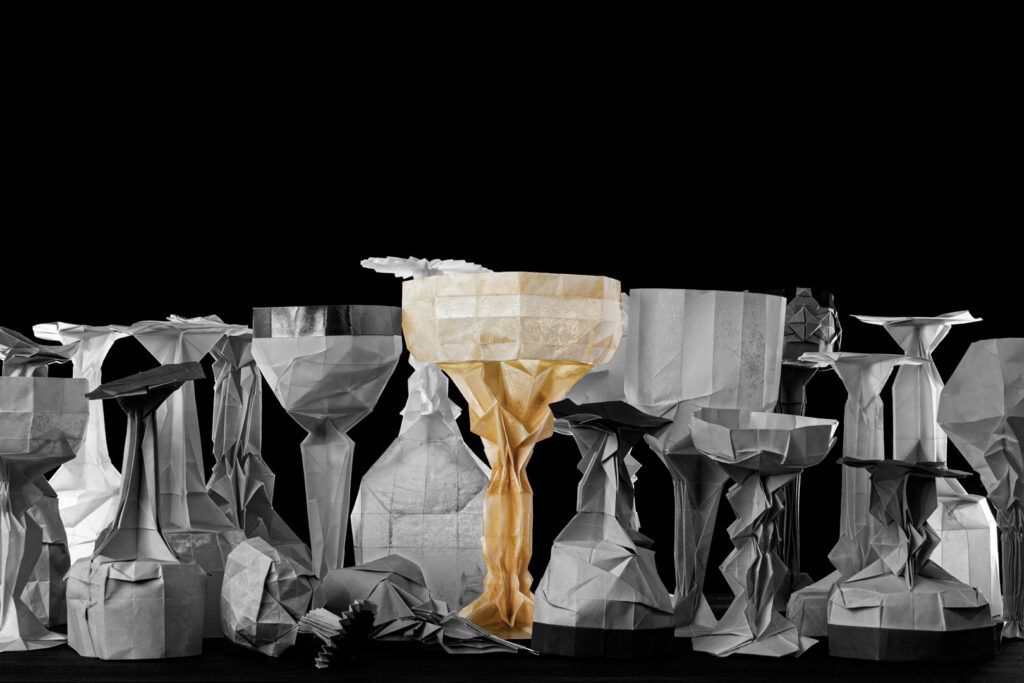
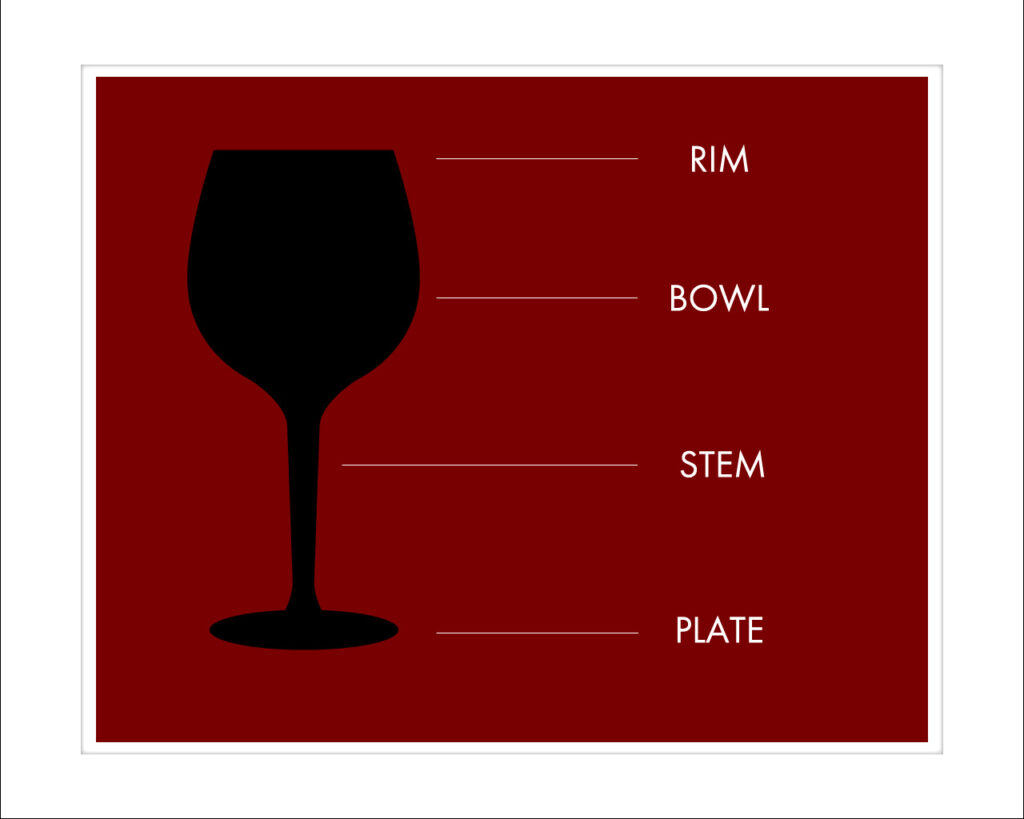
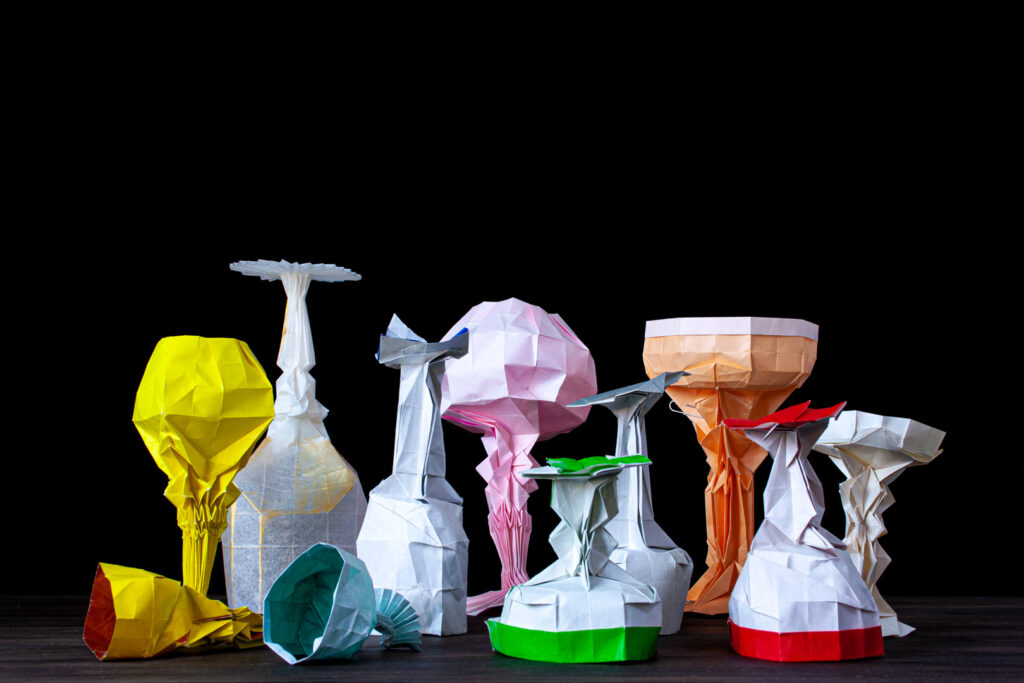
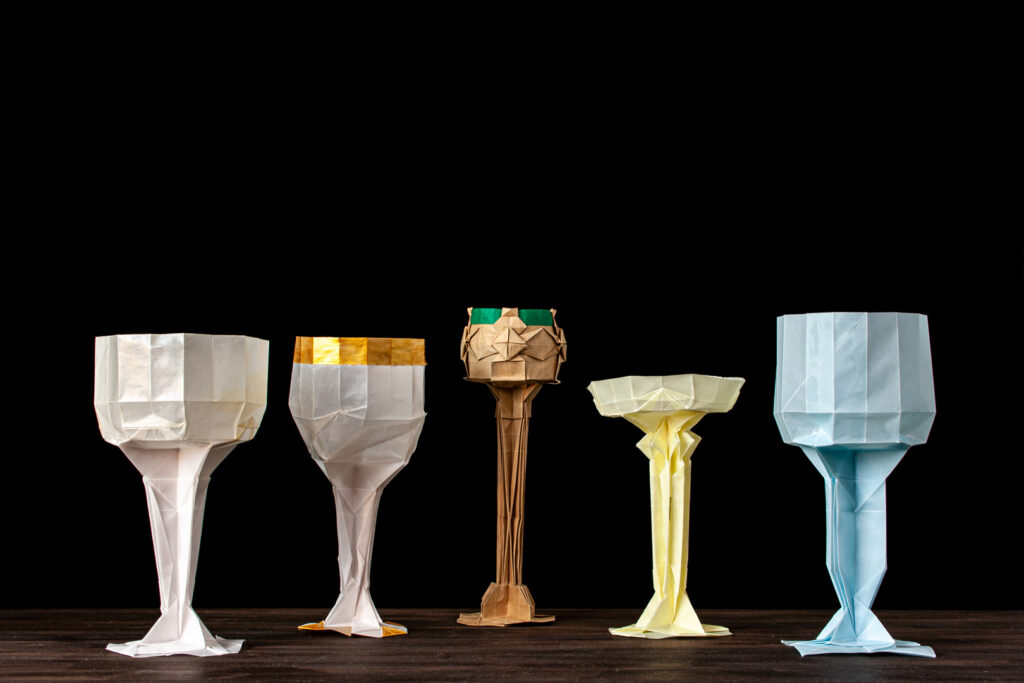
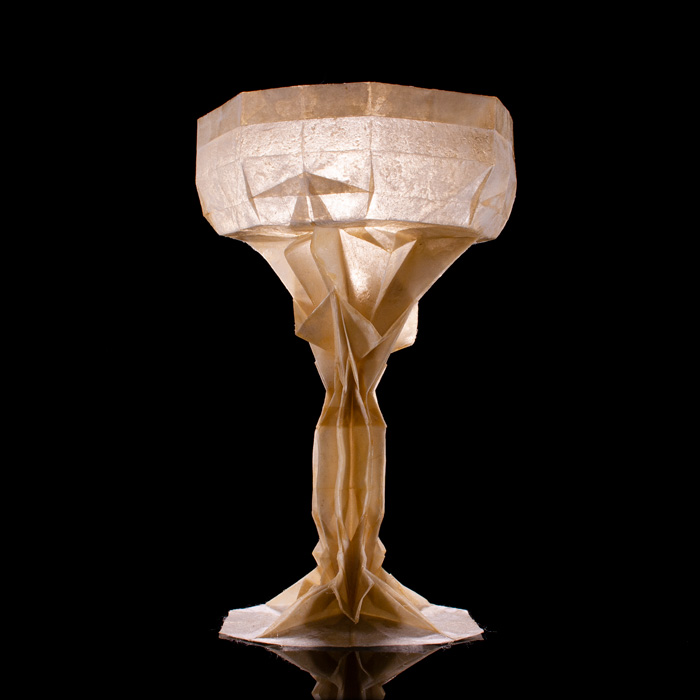
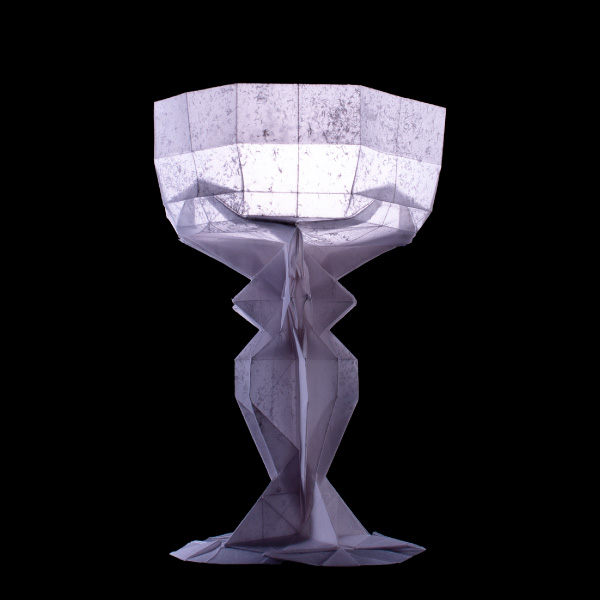
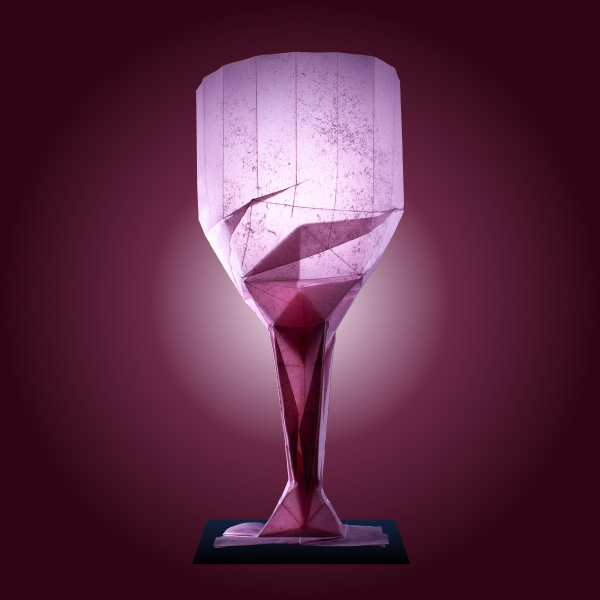
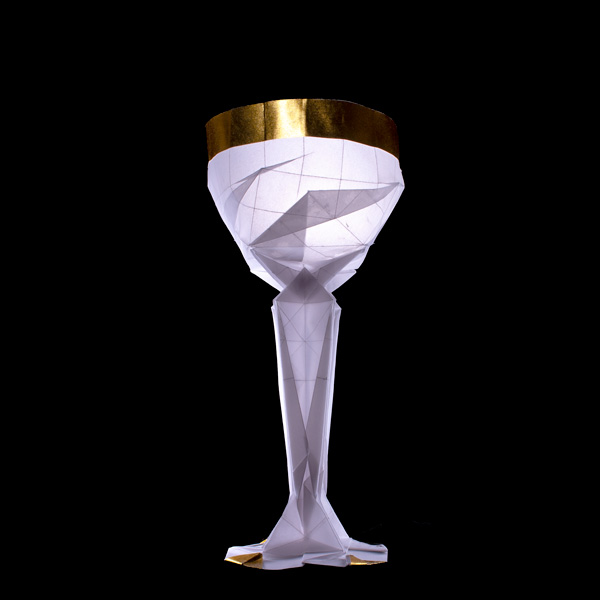

Leave a Reply